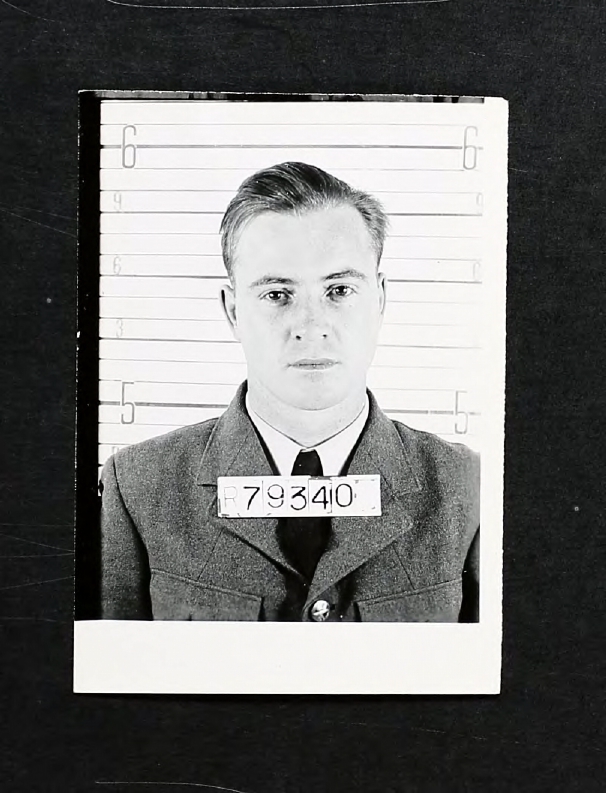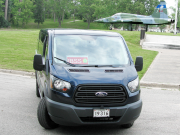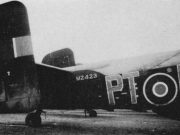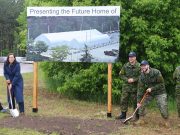
World War II witnessed the heroic efforts of countless individuals from Latin America who fought for freedom and justice. Among them was Pilot Officer Leslie Arthur Wood, a valiant pilot from the Royal Canadian Air Force who was born in San Salvador, El Salvador. This article explores Wood’s pilot training, pre-military career, the tragic accident that claimed his life, and his legacy. We delve into his burial place, and the languages he spoke. Wood’s story serves as an inspiration to younger generations, showcasing the bravery and sacrifice displayed by those who fought in World War II.
Pilot Leslie Arthur Wood’s journey to becoming a pilot started with his was enlisted on 14 April, 1941 in Montreal, Quebec. He underwent rigorous training programs provided by the Royal Canadian Air Force to become a pilot in Brandon, Manitoba. Wood’s commitment and dedication during this phase laid the foundation for his future accomplishments.
Before joining the Royal Canadian Air Force, Wood had a noteworthy career outside the military. He gained valuable experience working with the United Fruit Company in Central America as stevedore and electrician. Also, he practiced swimming, hunting, fishing, tennis, boxing and riding. Regarding languages spoken, Pilot Wood was proficient in English and Spanish. This period provided him with unique insights and skills that would later contribute to his success as a pilot. Wood’s background highlights his adventurous spirit and willingness to take on challenging endeavors.
On the fateful night of 17/18 July, 1943, Wood, along with his navigator Flying Officer Donald Jack Slaughter, took off from a forward airfield in their Mosquito aircraft (DZ742). Their mission was to carry out a patrol in enemy-occupied territory. Unfortunately, they failed to return from this operation, and their aircraft was lost. This tragic accident resulted in the loss of both Wood and Slaughter’s lives, leaving a void in their squadron and among their comrades.
Pilot Officer Leslie Arthur Wood rests in peace at the Dieppe Canadian War Cemetery in Hautot-sur-Mer, France. His grave is marked with headstone H. 58, serving as a lasting tribute to his sacrifice and contribution to the war effort. The cemetery serves as a solemn reminder of the lives lost during World War II and stands as a place of remembrance and honor.
The de Havilland Mosquito, nicknamed “Mossie,” was an exceptional combat aircraft during World War II. With its unique all-wood construction, it proved highly versatile, serving as a light bomber, reconnaissance aircraft, fighter-bomber, night fighter and intruder. The RCAF operated 44 Mosquitos between 1943 and 1951, contributing to its total production of 1,134 aircraft. The Mosquito’s plywood design made it one of the first stealthy aircraft, while its speed provided defense in lieu of defensive armament. Canadian squadrons, including 400 Squadron for reconnaissance and 406, 409, 410 and 418 Squadrons for night operations, utilized the Mosquito’s capabilities effectively.
No. 410 Squadron, known as the “Cougar,” was the RCAF’s final night fighter squadron formed overseas. Operating Beaufighters initially and later Mosquitos, it defended Britain and Allied forces in Europe. The squadron’s badge featured a cougar’s face and a waning moon, symbolizing its night operations. No. 410 Squadron was disbanded in the Netherlands in June 1945. The Mosquito’s remarkable contributions and the squadron’s prowess in nocturnal missions solidified their place in Canadian aviation history.
Pilot Officer Leslie Arthur Wood’s story serves as a poignant reminder of the courage and sacrifice exhibited by individuals during World War II. Despite his young age, Wood exemplified bravery and dedication, leaving behind a legacy that inspires younger generations, he was 21 years old. His commitment to defending freedom and upholding the values of the Royal Canadian Air Force will forever be remembered. Wood’s burial site and the Dieppe Canadian War Cemetery stand as solemn reminders of the sacrifices made by heroes like him. We honor Wood and all those who fought in World War II for their selflessness and unwavering dedication to a better world.
The Latin American Soldiers in Canada Committee’s mission is to publicize the names and stories of Canadian-Latinos who were part of the Canadian Armed Forces.
By Capt Rey Garcia-Salas











